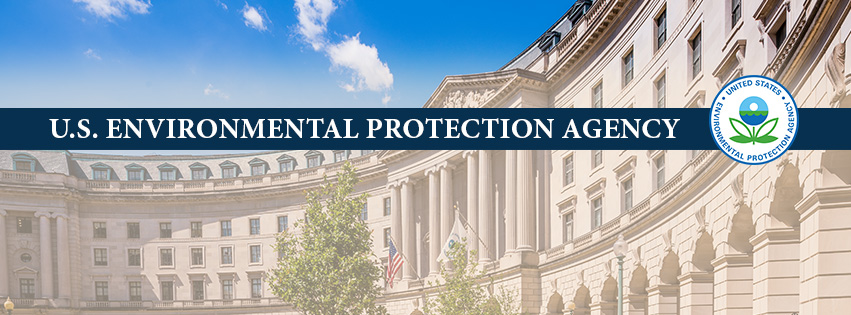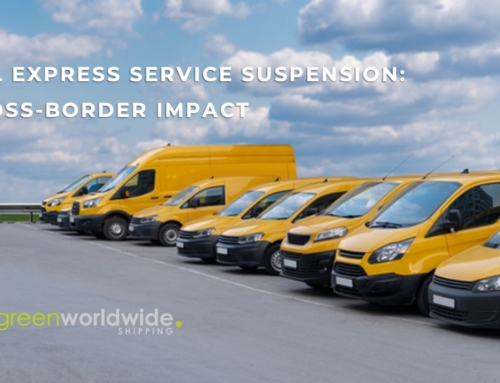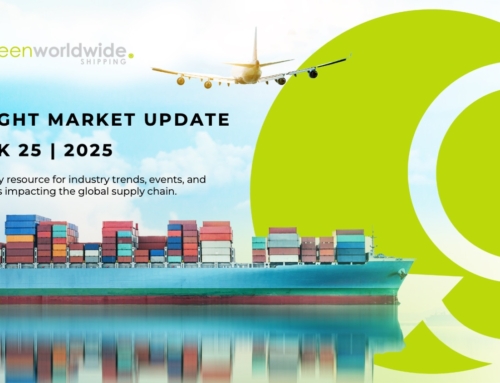MANDATORY PFAS REPORTING REQUIREMENTS FOR IMPORTERS UNDER TSCA
Environmental reporting requirements are now in place for U.S. companies that imported products containing perfluoroalkyl and polyfluoroalkyl substances (PFAS) between 2011 and 2022. Enforced under the Toxic Substances Control Act (TSCA), the rule applies to finished goods, materials, and components treated with PFAS—regardless of volume or concentration.
While the U.S. Environmental Protection Agency (EPA) extended the reporting deadline, the obligation to comply remains unchanged. Importers must prepare to submit detailed data on the type, quantity, and purpose of PFAS substances associated with past commercial activity.
UNDERSTANDING PFAS IN THE IMPORT SUPPLY NETWORK
PFAS refers to a class of synthetic chemicals widely used for their durability and resistance to heat, oil, stains, and water. These substances are prevalent in textiles, semiconductors, food-contact packaging, and construction materials — making them a frequent component of internationally sourced goods. Due to their resistance to environmental and biological degradation, PFAS are now subject to increased federal oversight.
Importers must look beyond chemical formulations and assess the full treatment lifecycle of their imports. Whether sourcing raw substances, treated inputs, or finished goods with functional coatings, companies must evaluate the presence of PFAS across their historical import portfolio.
NEW REPORTING TIMELINE FOR PFAS SUBMISSIONS UNDER TSCA
The EPA has delayed the start of the mandatory reporting period to ensure the readiness of its Central Data Exchange (CDX) platform. However, the scope and structure of the rule remain unchanged.
- Standard reporting window: April 13, 2026 – October 13, 2026
- Extended deadline for small article importers: April 13, 2027
These deadlines reflect the final compliance windows. Companies that begin preparation now will be better positioned to meet submission standards and avoid enforcement risks.
WHO MUST COMPLY WITH THE PFAS REPORTING RULE
Any company that imported PFAS substances or PFAS-treated articles for commercial purposes between January 1, 2011, and December 31, 2022, must assess its compliance obligations. This includes importers across the retail, manufacturing, and industrial sectors.
Examples of entities subject to reporting include:
- Retailers of finished goods treated with PFAS (e.g., stain-resistant textiles, nonstick cookware, and food-contact materials)
- Manufacturers sourcing PFAS-treated components for production or assembly
- Importers of PFAS substances in raw or blended forms, regardless of concentration thresholds
Import activity qualifies as “manufacturing” under TSCA, meaning that companies without domestic production operations may still fall under the rule due to historical imports.
REQUIRED DATA ELEMENTS FOR TSCA PFAS REPORTING
Reporting entities must provide a complete and accurate dataset detailing the identity, use, and environmental profile of PFAS-containing goods.
Required elements include:
- Chemical identity and structural information
- Functional purpose in the imported article
- Annual import volumes per PFAS substance
- Known byproducts, degradation pathways, and release mechanisms
- Available data on human or environmental exposure
- Disposal, storage, and waste management practices
All data must be submitted electronically via the EPA’s CDX system and must comply with TSCA certification standards and formatting protocols.
PREPARING FOR PFAS COMPLIANCE: ACTIONS TO TAKE NOW
Although the reporting window has shifted, the EPA has clearly indicated that enforcement expectations remain firm. Collected data will inform national PFAS tracking efforts and shape the agency’s future risk assessments.
Importers should prioritize the following actions to ensure readiness:
- Conduct a thorough review of historical import records from 2011 to 2022 for all PFAS-containing goods
- Engage suppliers to confirm chemical treatments and coating processes
- Establish internal workflows aligned with CDX reporting structure
- Monitor EPA guidance for clarifications or future amendments
Early action will mitigate compliance risks and support a smooth submission process when the required reporting period begins in April 2026.
Stay up-to-date on freight news with Green’s Weekly Freight Market Update by following us on LinkedIn. For continuous updates, make sure to check out our website at greenworldwide.com.






